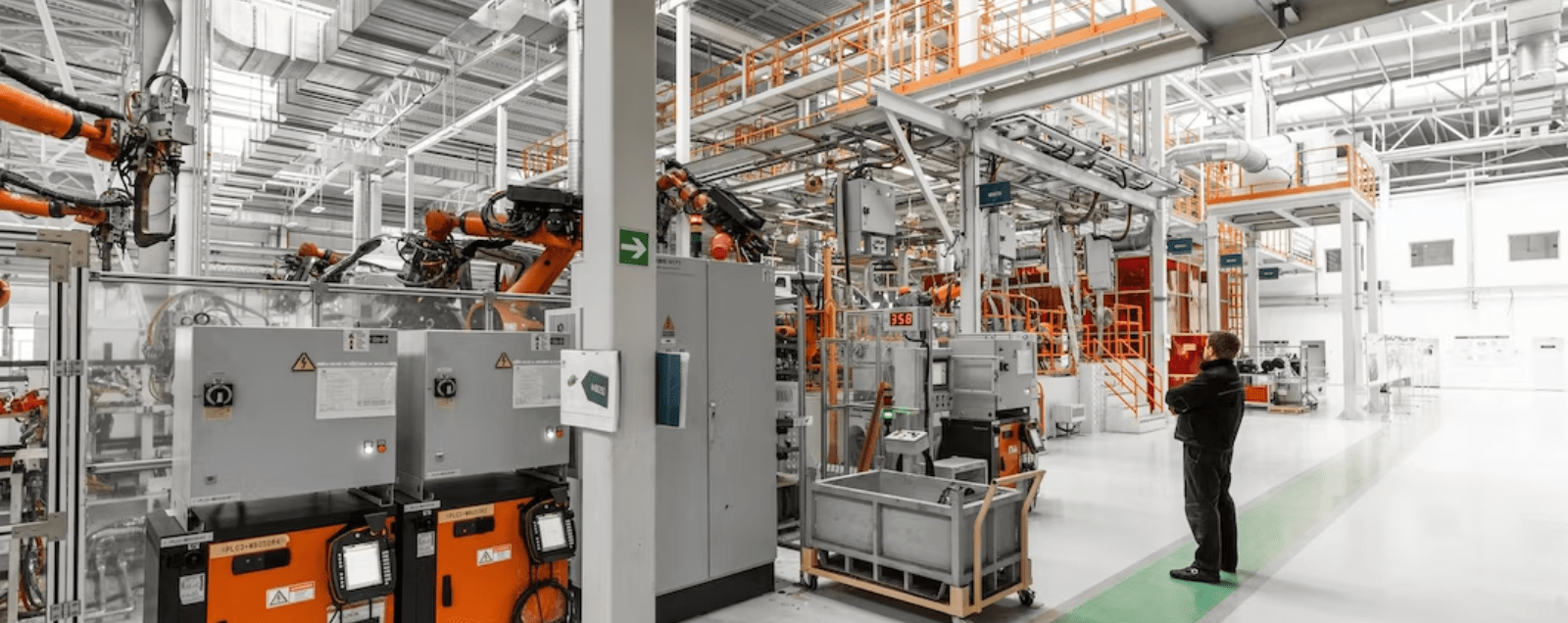A leading industrial and residential building manufacturer faced challenges with an outdated legacy system built on complex FORTRAN, C#, and C++ code. The desktop-based application, crucial for designing and running building structures, lacked essential features, forcing engineers to rely on manual processes. The system’s limitations led to discrepancies in generated reports and inefficiencies in business workflows.
Stridely Solutions provided application modernization services, transforming the client’s outdated system into an advanced, efficient, and user-friendly platform. A central data repository was established to track user activity and eliminate data duplication. Automated tools streamlined communication and improved structural stability, while a dedicated FORTRAN development team addressed complex engineering calculations.
With new features enhancing usability, operational costs were reduced, and business agility improved. The upgraded system facilitated team collaboration with history tracking and transparency. By modernizing the application and replacing the legacy design engine, Stridely Solutions helped the client optimize their processes, improve accuracy, and drive business performance.


